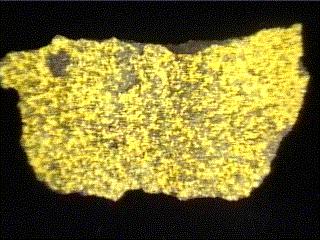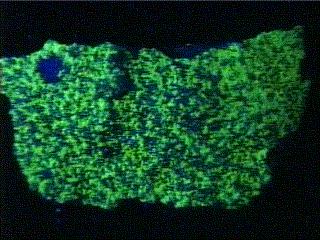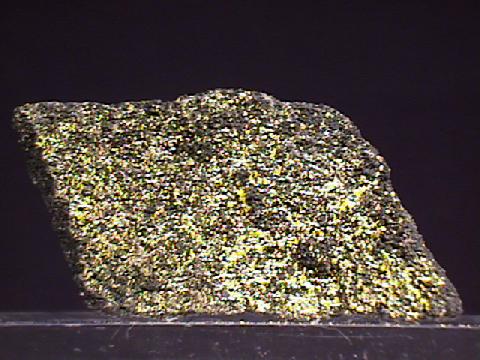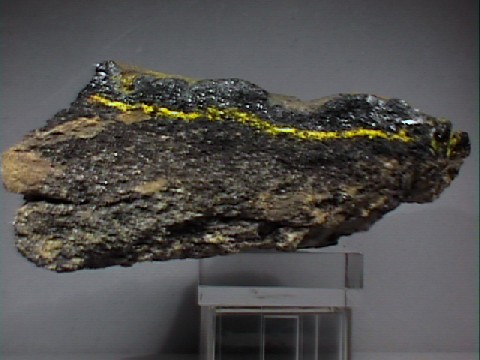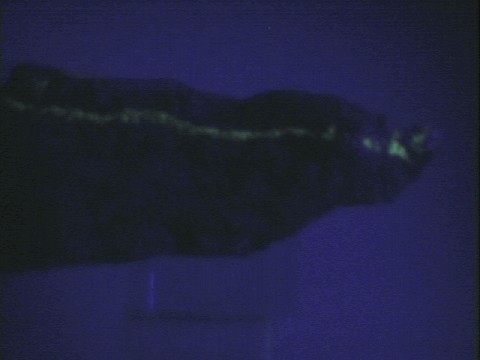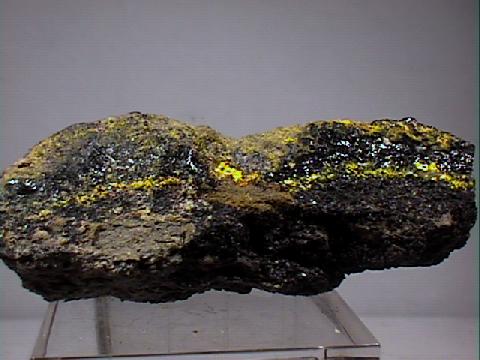 THE MINERAL ZIPPEITE
THE MINERAL ZIPPEITE
- Chemistry: K4(UO2)6(SO4)3OH10-4H2O , Hydrated Potassium Uranyl Sulfate Hydroxide
- Class: Sulfates
- Uses: a minor ore of uranium and mineral specimens
- Specimens
Zippeite is a rare mineral but is sought after by collectors who seek uranium bearing minerals as well as minerals that have exotic names.
Zippeite fluoresces under ultraviolet light.
The mineral is inconsistent however in the color that is produced.
Zippeite is formed as a secondary mineral and as an efflorescent crust in uranium mines.
Efflorescent means it forms on the surface of a rock by the evaporation of water when in contact with the dry air of the mine.
Thus, some zippeite specimens are the result of human intervention (albeit unintentional) and some minerologists do not consider these to be pure mineral specimens.
Remember, this is a radioactive mineral and should be stored away from other minerals that are affected by radioactivity and human exposure should be limited.
PHYSICAL CHARACTERISTICS:
- Colors are various shades of golden-yellow to orange-yellow and sometimes brown.
- Luster is dull
- Transparency crystals can be transparent to translucent.
- Crystal System is orthorhombic.
- Crystal Habits are usually limited to encrustations and compact masses.
- Cleavage not seen.
- Hardness is approximately 2.
- Specific Gravity is approximately 3.7+ (above average for non-metallic minerals)
- Streak is a pale yellow.
- Associated Minerals are autunite, torbernite, uraninite and other uranium minerals.
- Other Characteristics: radioactive and fluoresces different colors from different specimens.
- Notable Occurances include Cornwall, England; Utah and Colorado, USA and the Bohemian region of Europe.
- Best Field Indicators are color, crystal habit, fluorescence, softness, luster and radioactivity.
 THE MINERAL ZIPPEITE
THE MINERAL ZIPPEITE
